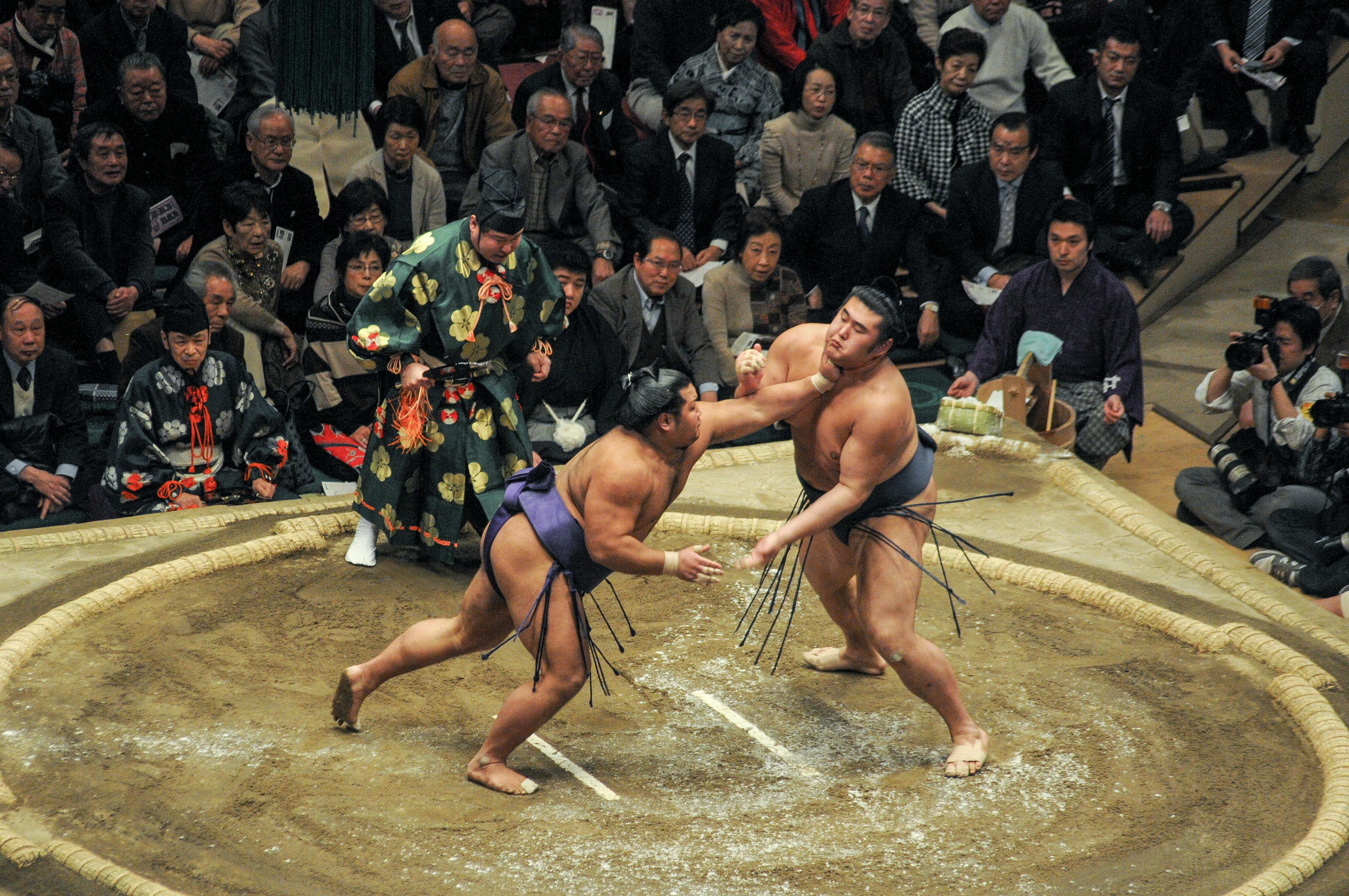Decoding the Art of Sumo: Beyond the Dohyo
In the heart of Japan, a centuries-old tradition continues to captivate audiences with its raw power, intricate techniques, and deep-rooted cultural significance. Sumo, far more than a mere clash of titans, embodies a complex tapestry of history, spirituality, and athleticism that has remained largely unchanged for over 1,500 years. This exploration delves into the lesser-known aspects of sumo, unveiling the sport's hidden depths and its relevance in modern society.

The Unseen World of Sumo Stables
At the heart of sumo culture lies the heya, or sumo stable, where wrestlers live, train, and form unbreakable bonds. These closely-knit communities operate under a strict hierarchical system, with senior wrestlers mentoring their juniors in both sumo techniques and life skills. The daily routine in a stable is grueling, beginning before dawn with intense training sessions that push the limits of human endurance.
Wrestlers engage in various exercises, including shiko (leg stomps), teppo (forearm strikes against wooden poles), and butsukari-geiko (full-force charges against a stationary opponent). These practices not only build strength and stamina but also instill mental fortitude. The communal living arrangement fosters a sense of brotherhood and discipline, crucial elements in a sumo wrestler’s development.
The Science Behind Sumo Physiques
Contrary to popular belief, the imposing physiques of sumo wrestlers are not merely a result of excessive eating. The sumo body is a carefully crafted instrument, optimized for stability, power, and explosive movement. Wrestlers follow a strict diet and training regimen to achieve their distinctive build, which combines high body mass with surprising agility.
The chanko-nabe, a protein-rich stew, forms the cornerstone of a sumo wrestler’s diet. This nutrient-dense meal, consumed in large quantities, helps wrestlers bulk up while providing the necessary energy for intense training. However, recent studies have shown that sumo wrestlers, despite their size, often maintain better metabolic health than expected due to their active lifestyle and muscle mass.
Rituals and Symbolism: The Spiritual Side of Sumo
Sumo’s spiritual roots are evident in the elaborate rituals that precede each bout. The ring-entering ceremony, or dohyo-iri, is a solemn affair where wrestlers clap their hands to attract the gods’ attention, raise their arms to show they carry no weapons, and stamp their feet to drive away evil spirits. The throwing of salt, a purification ritual, is perhaps the most recognizable of these practices.
These rituals not only preserve sumo’s cultural heritage but also serve practical purposes. The mental preparation and focus gained through these ceremonies are crucial in a sport where bouts can end in seconds. The spiritual aspects of sumo remind participants and spectators alike that this is more than just a physical contest; it’s a demonstration of harmony between body, mind, and spirit.
Techniques and Strategies: The Chess Match of Giants
While brute strength plays a role, sumo is fundamentally a sport of technique and strategy. With 82 recognized winning moves, or kimarite, sumo requires a deep understanding of leverage, balance, and timing. Wrestlers must read their opponents, anticipate moves, and execute counter-strategies in split seconds.
Popular techniques include the yorikiri (frontal force out), uwatenage (overarm throw), and the spectacular suikinage (beltless arm throw). Mastery of these moves requires years of practice and a keen understanding of body mechanics. The mental aspect of sumo is equally crucial, with psychological warfare often beginning long before the actual bout, as wrestlers attempt to intimidate opponents during the pre-match face-off.
Sumo’s Global Reach and Modern Challenges
While deeply rooted in Japanese culture, sumo has gained international appeal in recent decades. Foreign-born wrestlers, particularly from Mongolia, have risen to the sport’s highest ranks, bringing new dynamics to this ancient tradition. This internationalization has sparked debates about preserving sumo’s cultural essence while allowing for its global growth.
Sumo faces modern challenges, including declining youth interest in Japan and concerns about wrestler health and welfare. The sport’s governing body, the Japan Sumo Association, grapples with balancing tradition with necessary reforms to ensure sumo’s relevance and sustainability in the 21st century.
The Future of Sumo: Tradition Meets Innovation
As sumo moves forward, it faces the delicate task of preserving its rich heritage while adapting to a changing world. Efforts to modernize the sport include improved healthcare for wrestlers, enhanced spectator experiences through technology, and outreach programs to engage younger generations.
The enduring appeal of sumo lies in its unique combination of raw physicality, strategic depth, and cultural significance. As it continues to evolve, sumo offers valuable lessons in discipline, respect, and the pursuit of excellence that resonate far beyond the dohyo. In a world of rapid change, sumo stands as a testament to the power of tradition and the timeless allure of human strength and skill pushed to their limits.





